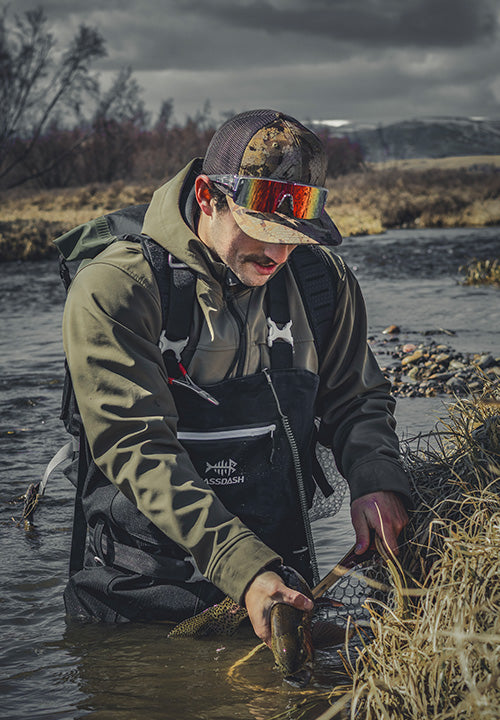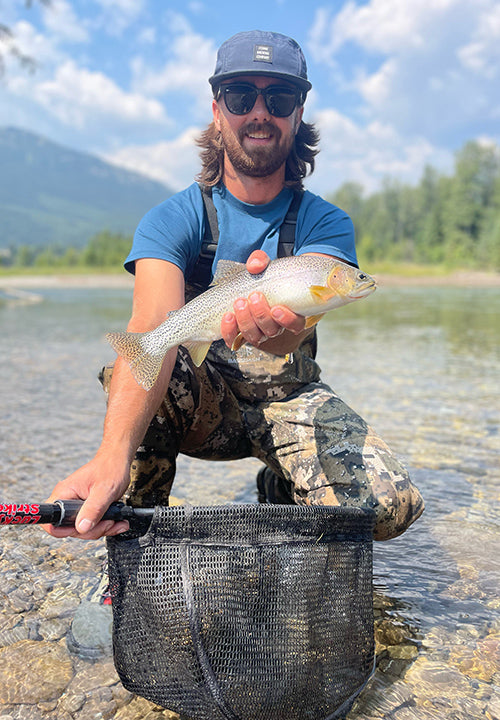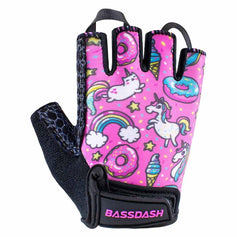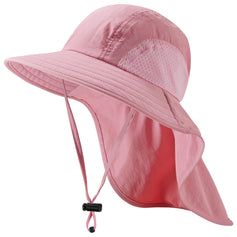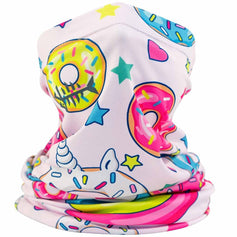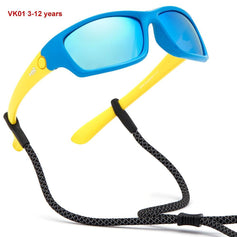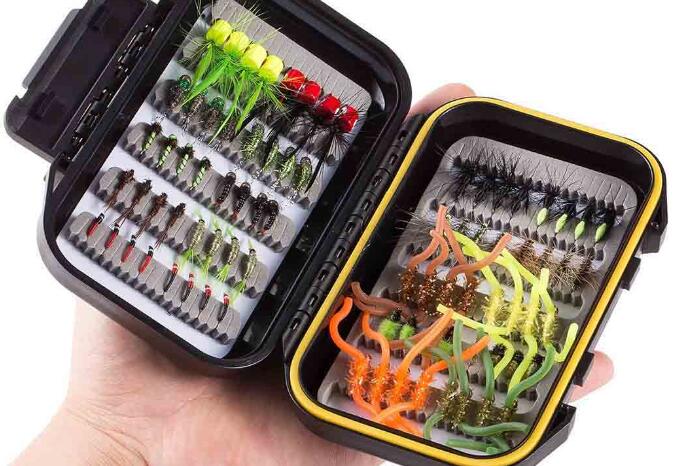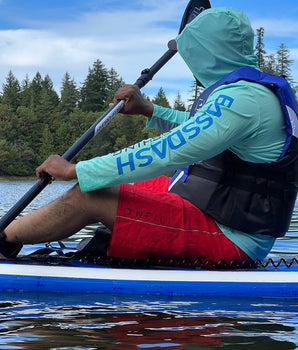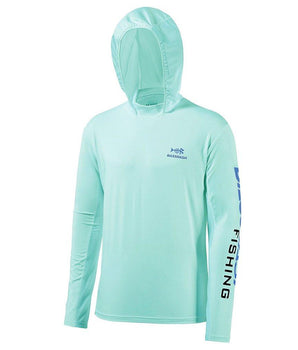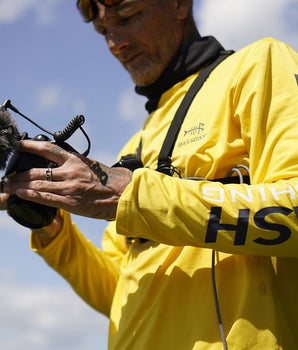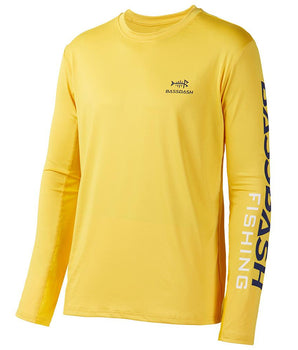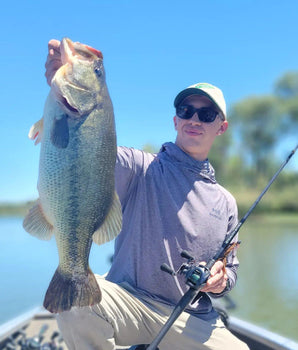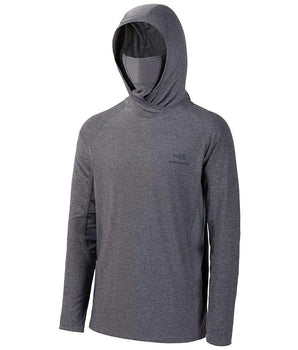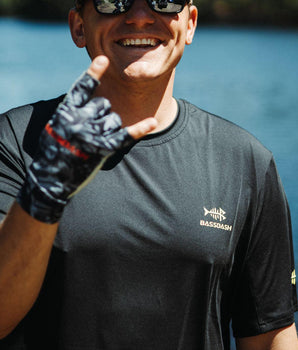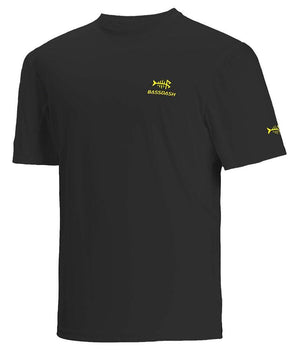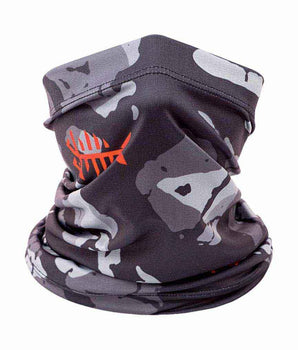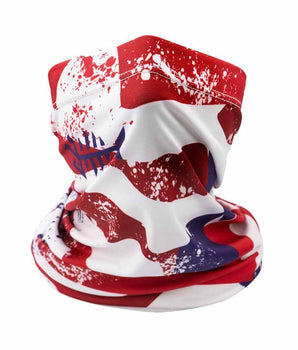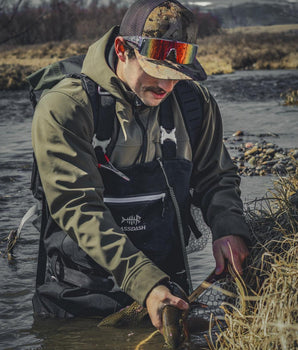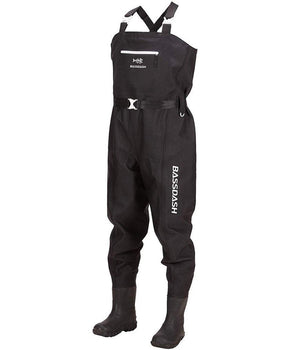Fly fishing is a popular sport that requires skill, patience, and the right equipment. When you shop for the fly fishing flies kits, there will be so many options available, it can be overwhelming for anglers to know which flies to choose for a successful fishing trip. To make it simple, we category the flies below:
1. Dry Flies:
Dry flies are designed to float on the water's surface, imitating adult insects that have landed on the water. These flies are typically made with lightweight materials like feathers, fur, or synthetic materials. Common dry fly patterns include the Adams, Elk Hair Caddis, and Royal Wulff. Dry flies are most effective during hatches when insects are actively flying around and fish are rising to the surface to feed.
2. Nymphs:
Nymphs are sub-surface flies that imitate the immature stages of insects, such as mayflies, caddisflies, or stoneflies. These flies are usually weighted to sink below the water's surface. Nymph patterns often incorporate materials like feathers, fur, or beads to add weight and realism. Examples of popular nymph patterns include the Pheasant Tail, Hare's Ear, and Prince Nymph. Nymph fishing is effective year-round, as most aquatic insects spend the majority of their lives underwater.
3. Streamers:
Streamers are larger flies that imitate baitfish, leeches, or other small aquatic creatures. These flies are meant to be stripped or retrieved through the water to mimic the movement of prey. Streamers are typically tied with materials like feathers, fur, or synthetic materials that provide bulk and movement in the water. Popular streamer patterns include the Woolly Bugger, Clouser Minnow, and Zonker. Streamer fishing is particularly effective for targeting larger predatory fish like trout, bass, and pike.
4. Wet Flies:
Wet flies are versatile flies that can imitate both adult insects floating on the water's surface and those underwater. These flies are often designed with soft hackles or wings that create a lifelike movement when submerged. Wet fly patterns include the Soft Hackle, Partridge and Orange, and March Brown Spider. Wet flies can be swung across the current or retrieved in short strips, making them a versatile choice for various fishing conditions.
5. Emergers:
Emergers are flies designed to imitate insects transitioning from their aquatic nymph stage to their adult form. These flies are tied to ride just below the water's surface, mimicking the vulnerable stage when the insect is emerging from its nymphal shuck. Emerger patterns often feature materials like CDC feathers, which provide buoyancy and movement. Examples of effective emerger patterns include the RS2, Blue Wing Olive Emerger, and Sparkle Dun.
Then what flies should you choose for your fishing adventure:
1. Consider the Season and Location
The first step in choosing the right fly fishing flies is to consider the season and location where you will be fishing. Different flies are more effective during specific times of the year and in certain geographic areas. Research the local insect hatches and match your flies to the insects that are prevalent during that time and place.
2. Understand the Fish's Diet
Understanding the fish's diet is crucial when selecting the right flies. Fish are selective feeders and are more likely to bite on flies that resemble their natural food sources. Study the feeding habits of the fish species you are targeting and choose flies that imitate their preferred prey.
3. Match the Fly to the Water Conditions
The water conditions, such as clarity and flow, can greatly influence the effectiveness of your fly. In clear water, use more realistic and natural-looking flies. In murky water, opt for larger and more visible flies that can attract the fish's attention.
4. Experiment with Different Fly Patterns
Don't be afraid to experiment with different fly patterns. Fish can be unpredictable, and what works one day may not work the next. Carry a variety of fly patterns in your tackle box and switch them up if you're not getting any bites. Sometimes, a simple change in color or size can make all the difference.
5. Seek Local Knowledge
If you're new to an area or unsure about which flies to use, seek local knowledge. Local fly shops, fishing guides, and fellow anglers can provide valuable insights and recommendations based on their experience in the area. They can help you narrow down your options and increase your chances of success.
These destinations are known for their pristine rivers, abundant fish populations, and breathtaking scenery. Whether you prefer fishing in freshwater or saltwater, there is a destination that suits your preferences and skill level.
Choosing the right fly fishing flies is a skill that develops over time. It requires observation, research, and a willingness to adapt to changing conditions. By considering the season, location, fish's diet, water conditions, and seeking local knowledge, you can increase your chances of a successful fly fishing trip. So, grab your gear, tie on the perfect fly, and get ready to reel in some unforgettable memories on the water!

